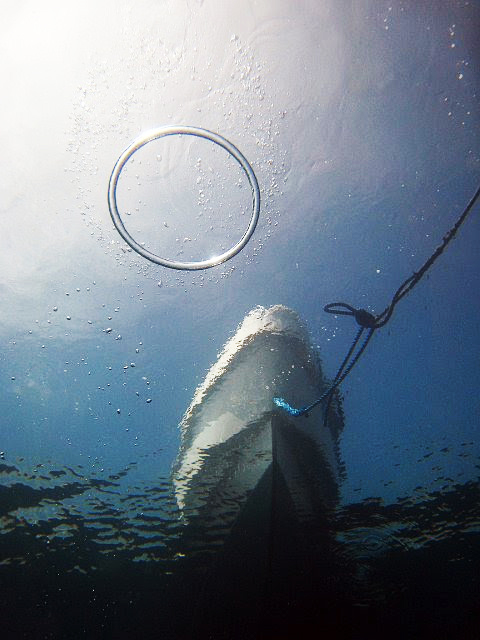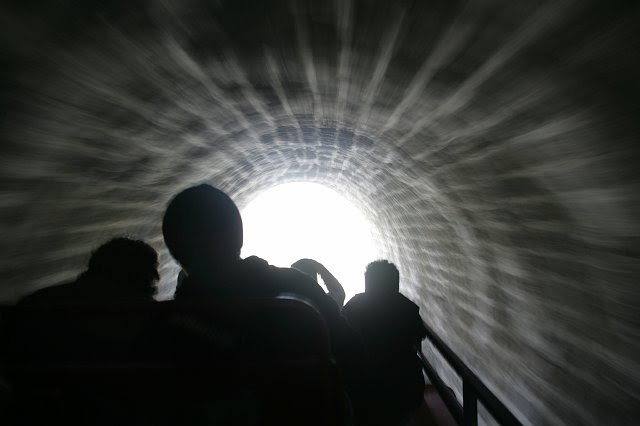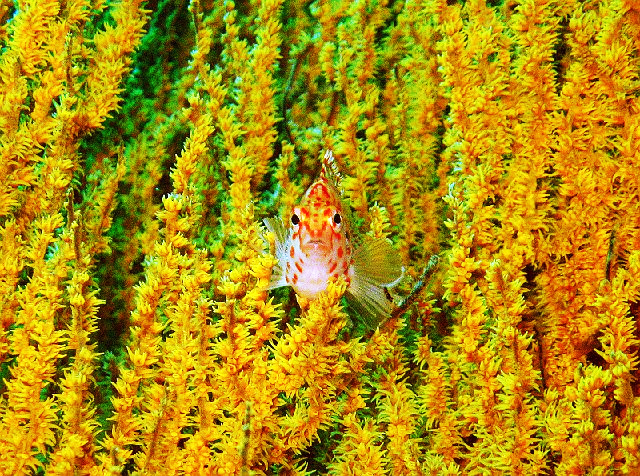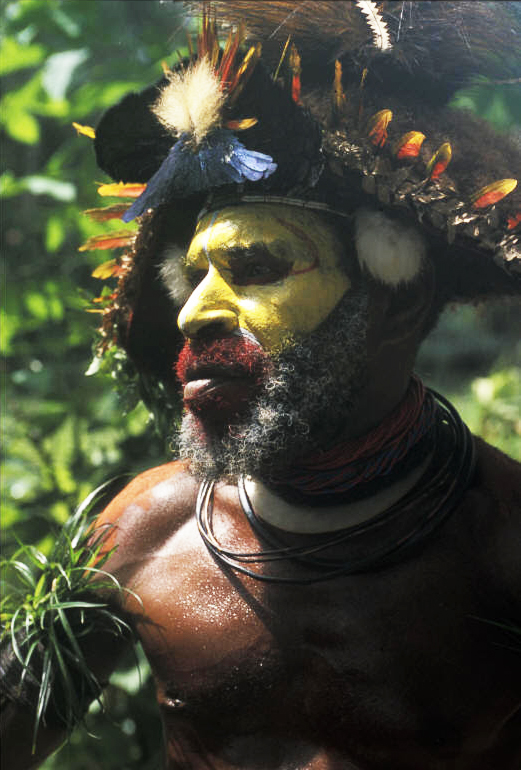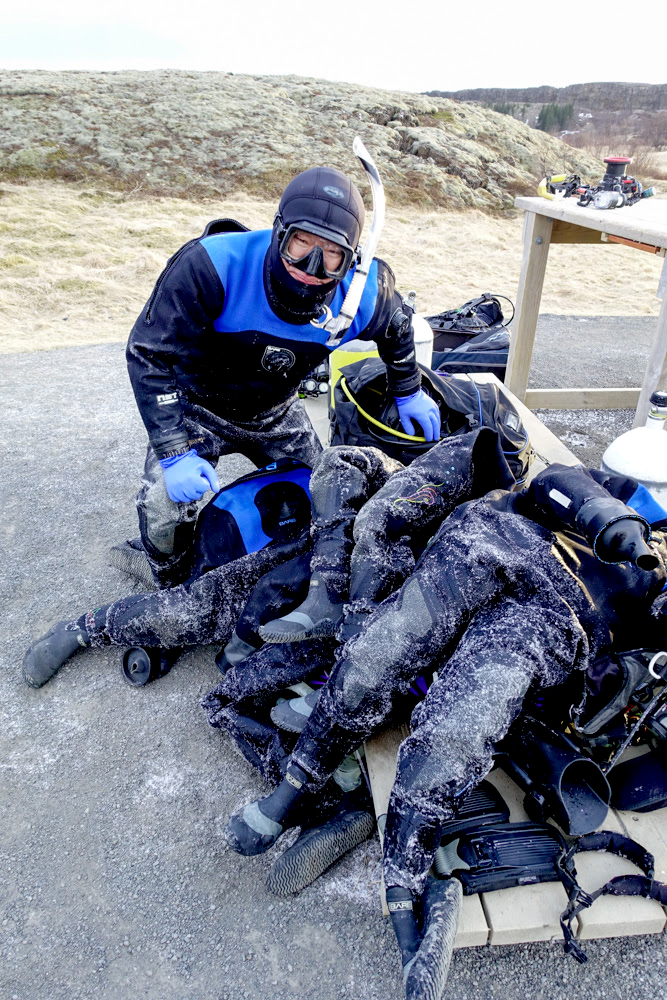Everything's Frozen!
Posing next to a pile of bodies? No, this is what happened to our drysuits when we took them off after diving at Silfra in ?Iceland. The dive was amazing and relaxing, but getting to and from the dive site was quite a challenge. The wind was howling and nearly blew some of the smaller divers off the trail. By the time we got back to the vans and took the suits off, they were frozen stiff. It looked like there were invisible divers in the suits!


